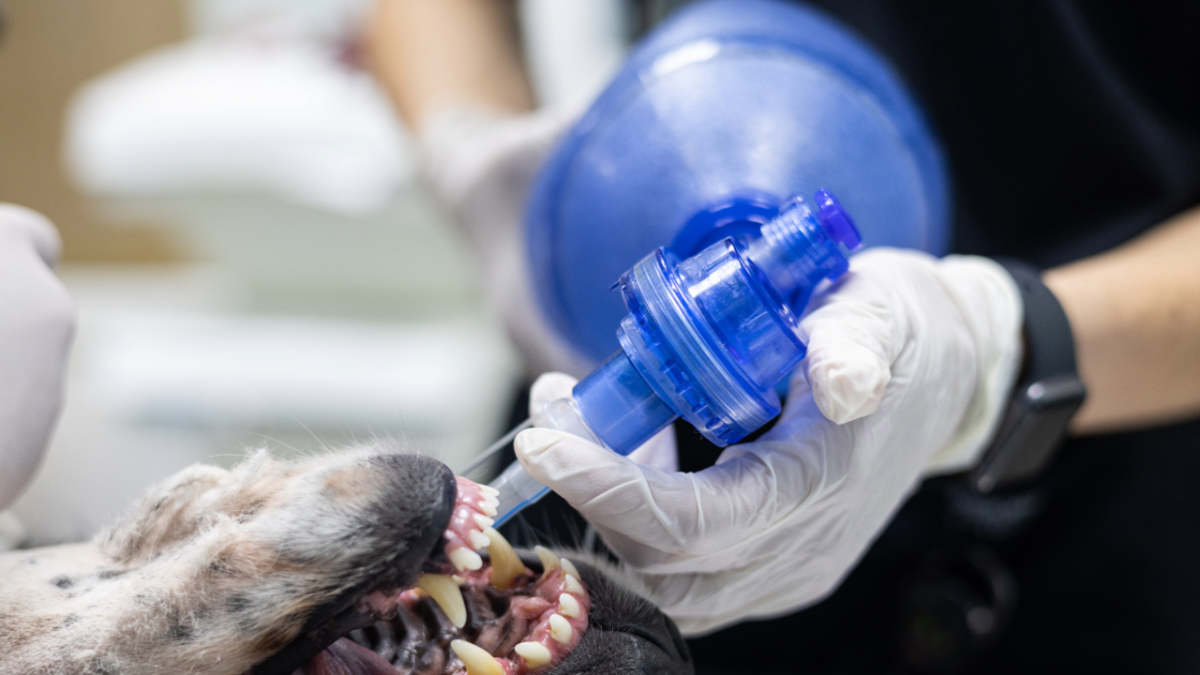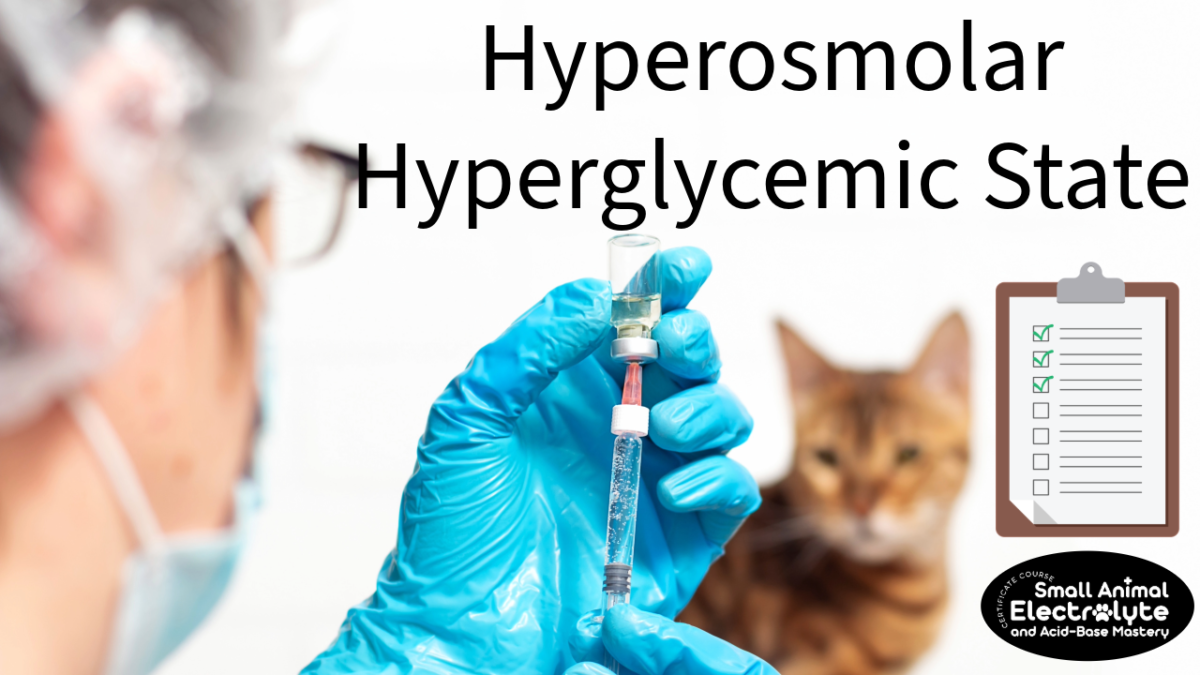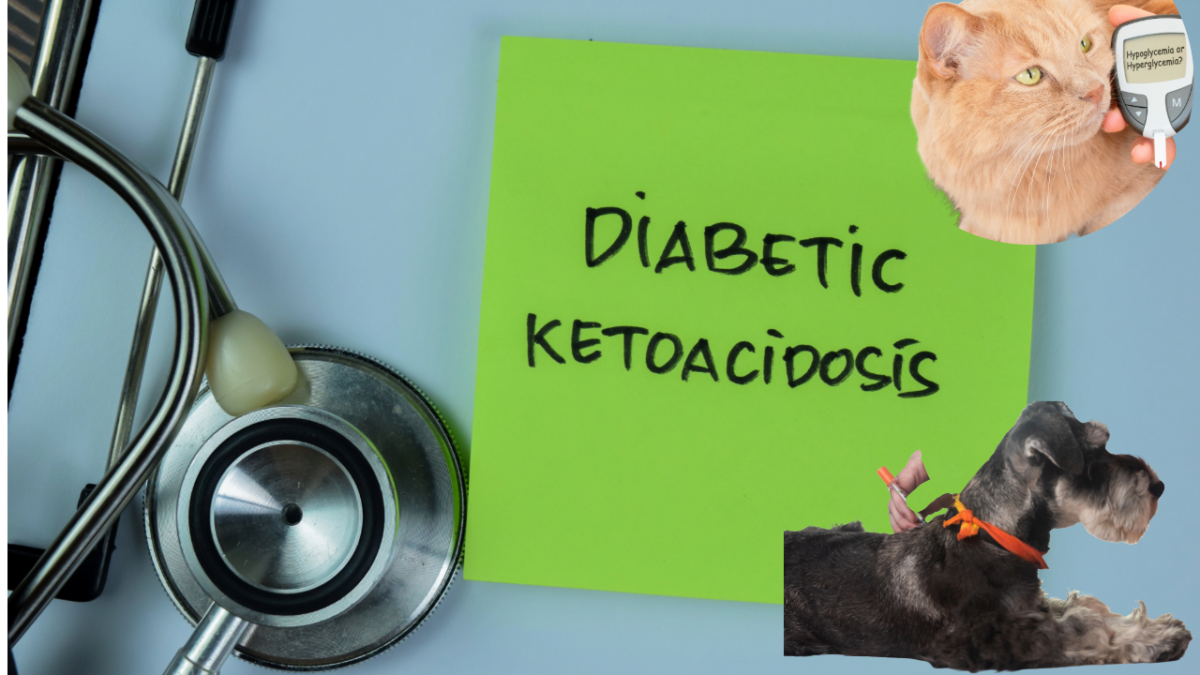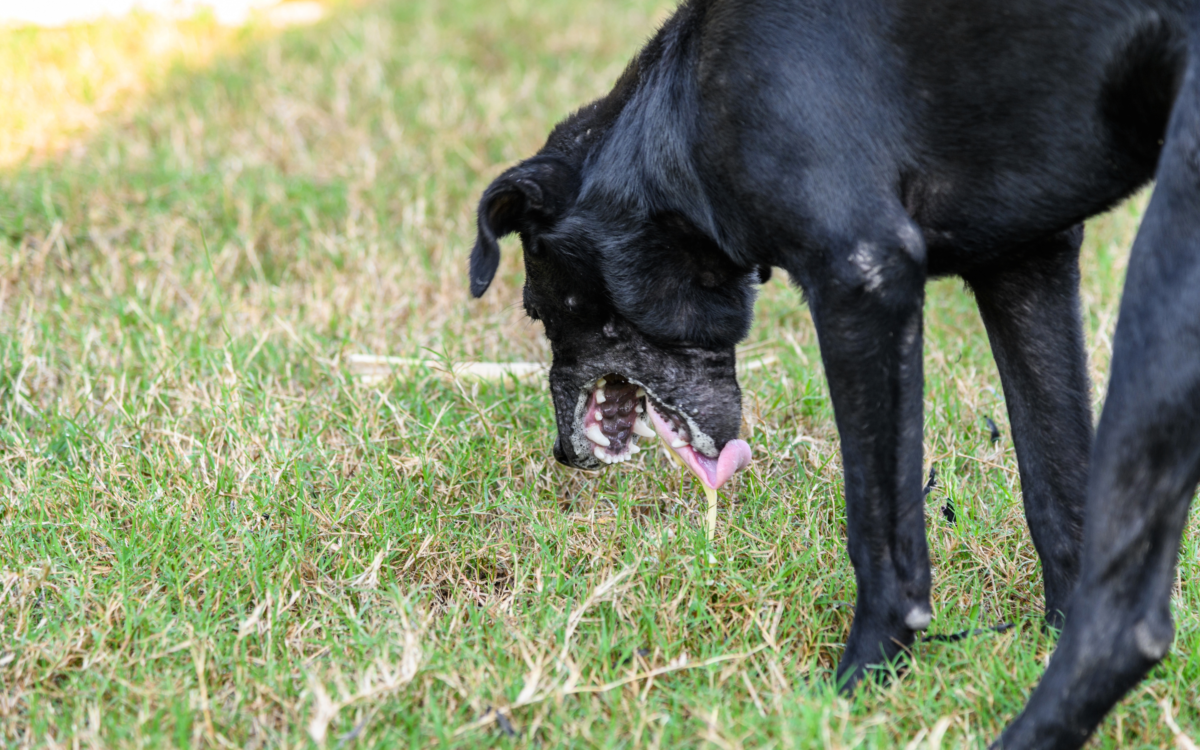Cardiopulmonary resuscitation (CPR) can be a chaotic event, requiring rapid decisions and careful management of both basic and advanced life support. Among the tools used to assess patient status during resuscitation is point-of-care blood gas analysis. But one question arises: Is there a clinical advantage to using arterial over venous blood gas during CPR in dogs and cats, or can venous samples provide equally useful information?
In a recent study, researchers explored this exact question, looking at blood gas values in dogs undergoing CPR to see whether venous blood might stand in for arterial blood in critical situations. Let’s dive into what they found and what it means for veterinary practice.
Continue reading “Can Venous Blood Be a Substitute for Arterial Samples during CPR?”




